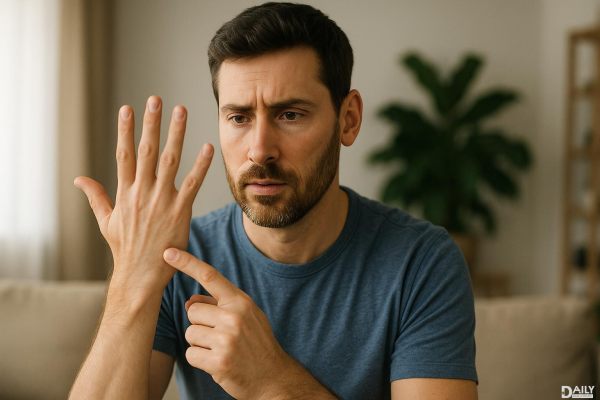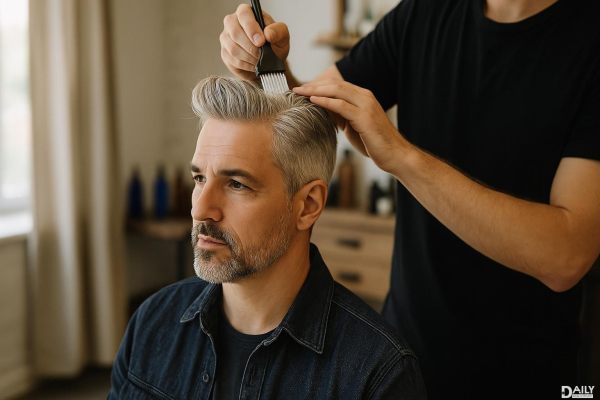Ever noticed that men often have longer ring fingers compared to their index fingers? It’s not just a random quirk—it’s actually tied to hormones, particularly testosterone, and it might even say something about their health. This phenomenon, known as the digit ratio, has been studied for decades, and the results are pretty fascinating. Let’s dive into why this happens and what it could mean for men’s health.

The length of your ring finger (the fourth digit) compared to your index finger (the second digit) is called the digit ratio, or 2D:4D. In men, the ring finger is typically longer than the index finger, while in women, they’re often closer in length or the index finger is slightly longer. This difference is influenced by exposure to hormones in the womb, specifically testosterone and estrogen. Higher levels of prenatal testosterone tend to result in a longer ring finger, while higher estrogen levels lead to a more balanced or shorter ring finger. It’s like a hormonal fingerprint that’s set before you’re even born.
Believe it or not, your digit ratio might be more than just a fun fact—it could be linked to certain health traits. Studies have shown that men with a lower digit ratio (meaning a longer ring finger) tend to have higher levels of testosterone throughout their lives. This has been associated with a variety of traits, from athletic ability to fertility. On the flip side, a higher digit ratio (shorter ring finger) has been linked to conditions like heart disease, obesity, and even certain cancers. While it’s not a definitive predictor of health, it’s an intriguing piece of the puzzle that researchers are still exploring.
If you’ve ever wondered why some men seem naturally gifted at sports, their digit ratio might have something to do with it. Research suggests that men with a lower digit ratio (longer ring finger) tend to excel in sports that require strength, speed, and endurance. This is likely due to the higher prenatal testosterone levels that shaped their bodies. From sprinting to weightlifting, these guys might have a biological edge. Of course, training and dedication still play a huge role, but it’s cool to think that their fingers might be giving them a head start.
Your ring finger might also have something to say about your fertility. Studies have found that men with a lower digit ratio (longer ring finger) tend to have higher sperm counts and better overall reproductive health. This makes sense, given the link between prenatal testosterone and the development of the reproductive system. On the other hand, a higher digit ratio has been associated with lower fertility and a higher risk of conditions like erectile dysfunction. It’s a reminder that our bodies are interconnected in ways we’re still learning about.
It’s not just physical health—your digit ratio might also be linked to certain psychological traits. Men with a lower digit ratio (longer ring finger) have been found to be more assertive, competitive, and even risk-taking. These traits are often associated with higher testosterone levels, both prenatally and in adulthood. On the flip side, a higher digit ratio has been linked to traits like anxiety and depression. While it’s not a one-size-fits-all rule, it’s an interesting glimpse into how our biology might shape our personalities.
While the digit ratio is a fascinating topic, it’s important not to read too much into it. It’s just one piece of a much larger puzzle when it comes to health and behavior. Genetics, lifestyle, and environment all play significant roles, and the digit ratio is more of a general trend than a definitive predictor. That said, it’s a great conversation starter and a reminder of how complex and interconnected our bodies really are.
So, the next time you notice a man’s longer ring finger, you’ll know there’s more to it than meets the eye. It’s a tiny clue to the hormonal symphony that shaped him—and maybe even a hint about his health, athleticism, and personality. Whether you’re checking your own fingers or someone else’s, it’s a fun way to appreciate the science behind our bodies.
























